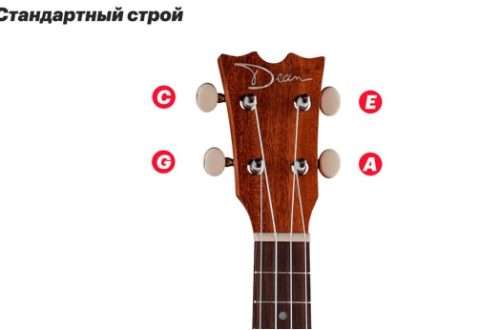Resolution of augmented and diminished triads
Contents
Not every triad requires resolution. For example, if we are dealing with chords of a tonic triad, then where should it be resolved? It is already a tonic. If we take a subdominant triad, then it in itself does not strive for resolution, but rather, on the contrary, willingly moves away from the tonic to the greatest possible distance.
Dominant triad – yes, it wants resolution, but not always. It has such expressive and driving force that often, on the contrary, they try to isolate it from the tonic, to highlight it by stopping a musical phrase on it, which therefore sounds with a questioning intonation.
So in what cases is triad resolution required? And it is required when extremely unstable dissonant consonances appear in the composition of a chord (a triad, isn’t it a chord in our country?) – or some kind of tritones, or characteristic intervals. Such consonances exist in diminished and augmented triads, therefore, we will learn to resolve them.
Resolution of diminished triads
Diminished triads are constructed both in the natural and in the harmonic form of major and minor. We won’t go into details now: how and at what stages to build. To help you, there is a small sign and an article on the topic “How to build a triad?”, from which you will get answers to these questions – figure it out! And we will try to use specific examples to see how diminished triads are resolved and why exactly this way and not otherwise.
Let’s first build diminished triads in natural C major and C minor: on the seventh and second steps, respectively, we draw a “snowman” without unnecessary signs. Here’s what happened:
In these “snowman chords,” that is, triads, the very interval that makes the sound of the chord unstable is formed between the lower and upper sounds. In this case it is a diminished fifth.
Therefore, in order for the resolution of triads to be logically and musically correct and to sound good, first of all you need to make the correct resolution of this diminished fifth, which, as you remember, when resolved, should decrease even more and turn into a third.
But what should we do with the remaining middle sound? Here we could think a lot about the various options for its resolution, but instead we propose to remember one simple rule: the middle sound of the triad is led to the lower sound of the third.
Now let’s look at how diminished triads behave in harmonic major and minor. Let’s build them in D major and D minor.
The harmonic appearance of the mode immediately makes itself felt – a flat sign appears before the note B in D major (lowering the sixth) and a sharp sign appears before the note C in D minor (raising the seventh). But, the most important thing is that again, between the extreme sounds of the “snowmen”, diminished fifths are formed, which we must also resolve into thirds. With medium sound everything is similar.
Thus, we can draw the following conclusion: the diminished triad resolves into the tonic third with the doubling of the lower sound in it (after all, the triad itself has three sounds, which means there should be three in the resolution).
Resolution of enlarged triads
There are no augmented triads in natural modes; they are built only in harmonic major and harmonic minor (go back to the tablet again and look at what steps). Let’s look at them in the keys of E major and E minor:
We see that here an interval is formed between the extreme sounds (lower and upper) – an increased fifth, and therefore, in order to obtain the correct resolution of triads, we need to correctly resolve this very fifth. The augmented fifth belongs to the category of characteristic intervals that appear only in harmonic modes, and therefore there is always a step in it that changes (lowers or rises) in these harmonic modes.
The augmented fifth increases with resolution, eventually turning into a major sixth, and in this case, in order for resolution to occur, we need to change only one note – precisely that very “characteristic” step, which is most often marked by some random alteration sign .
If we have a major and the “characteristic” step is lowered (low sixth), then we need to lower it further and move it to the fifth. And if we are dealing with a minor scale, where the “characteristic” step is the high seventh, then, on the contrary, we raise it even more and transfer it directly to the tonic, that is, the first step.
All! After this, you don’t need to do anything else; we simply rewrite all other sounds, since they are part of the tonic triad. It turns out that in order to resolve the increased triad, you need to change just one note – either lower the already lowered one, or raise the higher one.
What was the result? An augmented triad in major resolved into a tonic fourth-sex chord, and an augmented triad in minor resolved into a tonic sixth chord. The tonic, even if imperfect, has been achieved, which means the problem is solved!
Resolution of triads – let’s summarize
So, the time has come to take stock. Firstly, we found out that mainly only augmented and diminished triads need resolution. Secondly, we have derived resolution patterns that can be briefly formulated in the following rules:
That’s all! Come to us again. Good luck in your musical pursuits!



